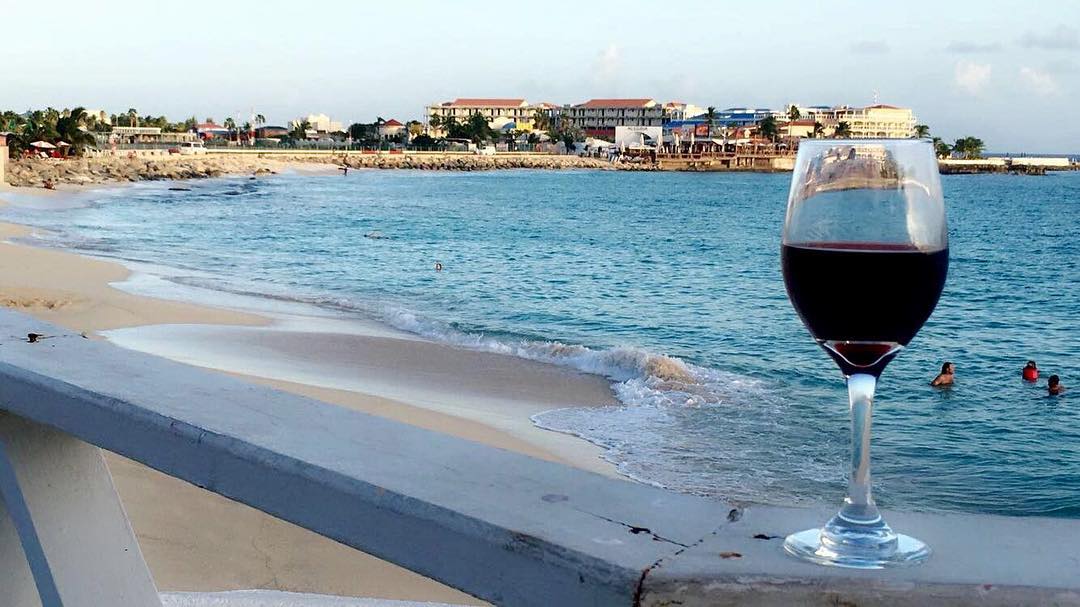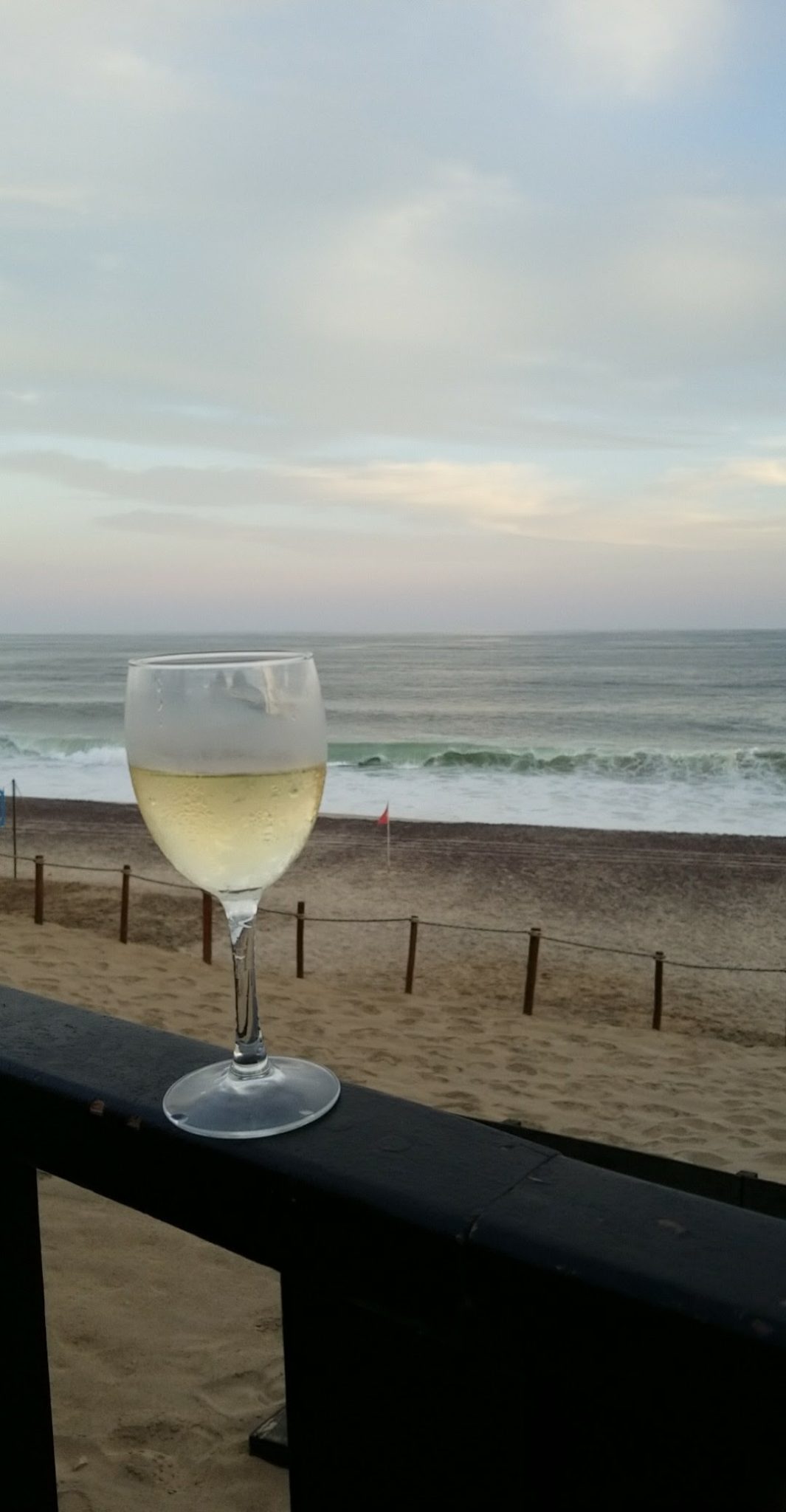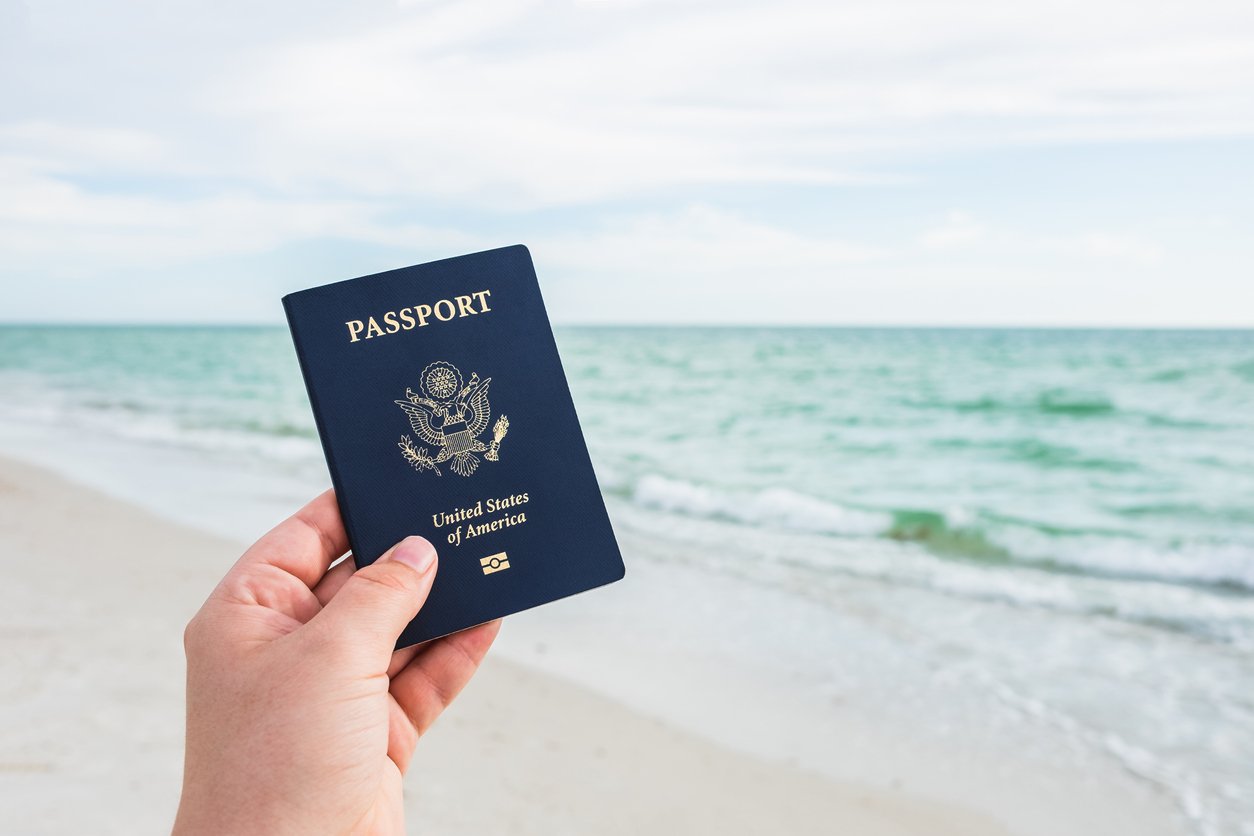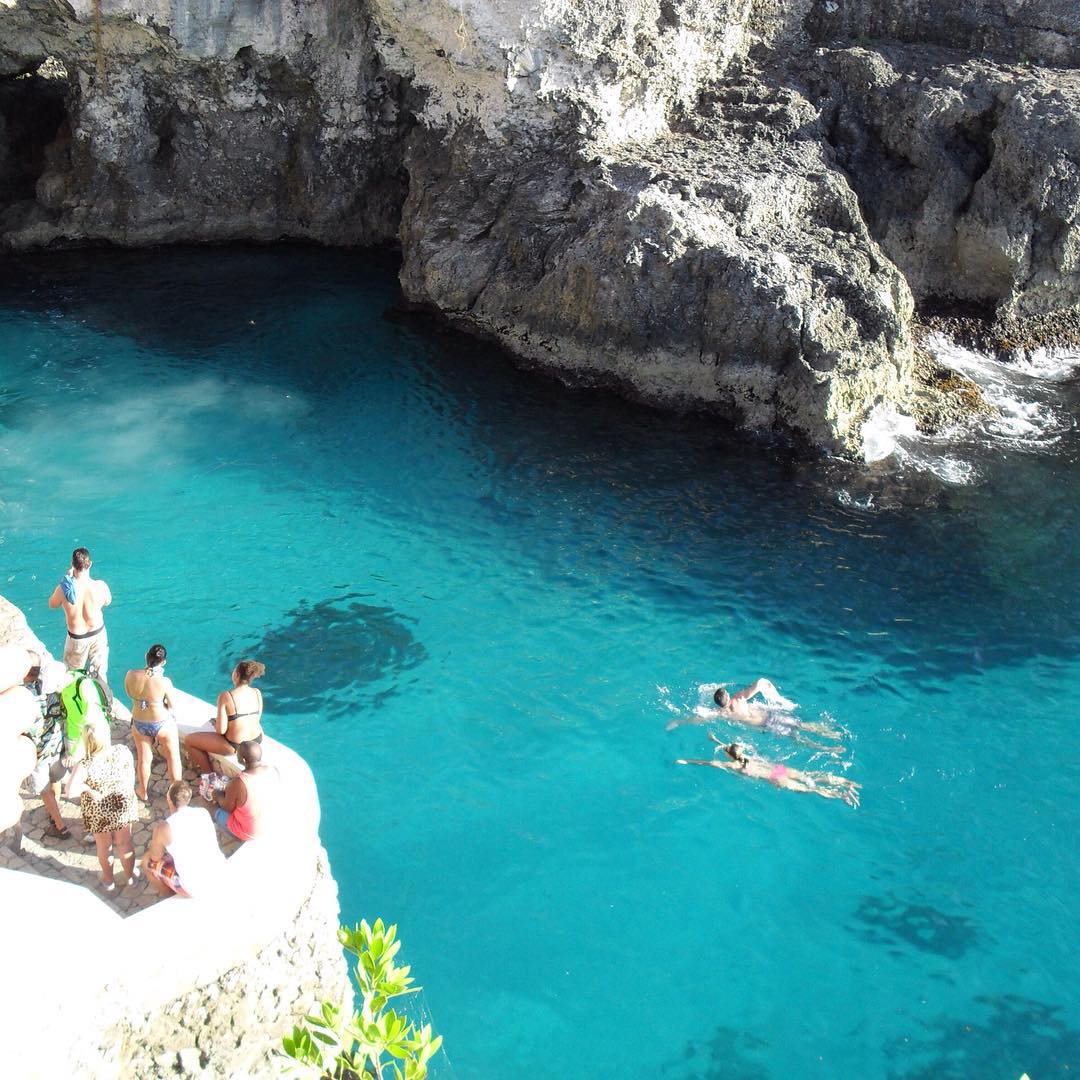In honor of National Drink Wine Day, we know all you beach lovers will be out toasting and celebrating (yes!). Who wouldn’t be? Most of you might already be down with this lingo, but for those who aren’t, here’s a crash course that will help you recognize those things you love most (or don’t) about wine. Should you decide to attend a wine tasting, give this list a gander before you set out. Everyone will think you’re a bona fide oenophile (wine know-it-all) and be impressed with your finely tuned palate and big brain.
5 Basic Wine Characteristics
1. Sweetness (aka “Level of Dryness): Look to your taste buds for this one. Are they tingling? Doing the tango? Is there a slightly oily sensation that lingers in the middle of your tongue? If you experience this, then you like wines that are sweeter–have more sugar (like a Moscato). Another way to talk about the sugar level in wine is its viscosity, or the consistency, which is affected by the level of sugar. A fun way to determine this is to swirl the wine around in your glass, then examine it carefully: are there streams that cascade slowly down the sides? These are called “tears,” but the sexier term, one that we love, is “legs.” Wine legs! Red wines like Cabernet Sauvignon often have up to 0.9g/L of residual sugar, which is also a common characteristic of cheap wines (don’t drink those; they can give you headaches). Some interesting reds to try are from the Ocoa Bay Estate, a vineyard in the Dominican Republic. Check out their Temperanillo, Moscato Hamburg and Misiones. Finally, if you say “this wine is bone-dry” (read: sweet), it might also be high in tannins, which we’ll get to.
2. Acidity. Wines that are described this way often seem “spritzy,” and while wine tasting, you’ll experience tingling on the front and sides of your tongue. Kind of like pop rocks. When you rub your tongue on the roof of your mouth, it might feel gravelly. Your mouth will also feel a bit wet, as if you’ve bitten into an apple. Sometimes when you taste acidity it can be confused with having more alcohol. But don’t fret. This wine tasting stuff can be tricky, but it only takes one thing to master it: practice, practice, practice. And what better place to do this than in Mexico? They’ve got seven wine regions with luscious wines to try. Our pick is Adobe Guadalupe. Miguel 2006. Tempranillo, Grenache and Cabernet Sauvignon.
3. Tannin. This is a hefty topic/term, but we’ll simplify it for you. Basically, tannins are the phenolic compounds that make the wine taste bitter, but that’s not a bad thing. They add balance, complex and structure, make your vino last longer, and are used with wood (oak) in aging. Tannins are found in the skins and seeds of the grapes; other things that are high in tannins are tea leaves, nuts, dark chocolate and a bunch of other foods. Sometimes tannins are confused with sweetness/level of dryness, but beach lovers, don’t worry. Here’s how to figure this one out. When you’re wine tasting, if you get a bitter taste on the front inside of your mouth and along the side of your tongue, plus an overall dry feeling, then you’re tasting tannins.
4. Fruit. Here’s another fun part–figuring out which luscious fruit you’re savoring. Red wine usually contains the darker fruits like blueberry and blackberry. Two reds from Ocoa Bay Estate to taste are their Monelpuciano and Cannoau de Sardegna. White wines generally include lemon and lime. Peach or apple. You can practice on French Colombard and Sauvignon Blanc, also from Ocoa Bay Estate. For Mexican wine, you might try the chardonnay from Casa Madero (any year is great). Sometimes when you’re wine tasting, you’ll taste a whole fruit basket full of flavors and it might be a challenge to pick out the one that’s most dominant. And not to confuse things, but when your palate is reveling in the fruity flavors, it might cause you to conjure other flavors like grass, bell pepper, black pepper, olives–even meat. Wild, huh?
5. Body. First we get “legs”– now “body.” (Is it getting hot in here?) Wine tasting just keeps getting more exciting. But back to the subject. The body of wine is described in three ways: light, medium and full. However, if we dive deeper, it’s about many things: vintage, where the wine is from, how much alcohol it contains and how it’s made. Just as we mentioned above, the sugar and alcohol level adds body to wine. To get a feel for the diversity of “wine bodies,” it’s helpful to try a variety. Then, see how it tastes immediately after swallowing…then a minute later. There are so many facets to this, and wine tasting, in general. It’s truly an art.
So, beach lovers–and wine lovers–can you think of anything better than enjoying a glass of wine watching the sun set over the shimmering ocean? Didn’t think so. That’s why our Beachologists are standing by, ready and waiting to field your calls. Just call 1-800-915-3162. There are so many vacation packages to the Caribbean and Mexico where you can savor the fruit of the vine as you dig your toes into the sand ‘n surf - like at the St. Croix Food & Wine Experience, April 7-10, 2017. Or, head to Secrets The Vine, where they have a stellar wine cellar that has over 3,000 different labels - thus, the name. Or, you can pour yourself a glass of vino at home, kick back and check out all our other sunsational all-inclusive vacation packages to paradise. No matter where you decide to do your wine tasting, know this: it’s always more delicious with a side of beach.







